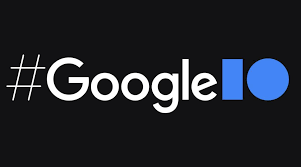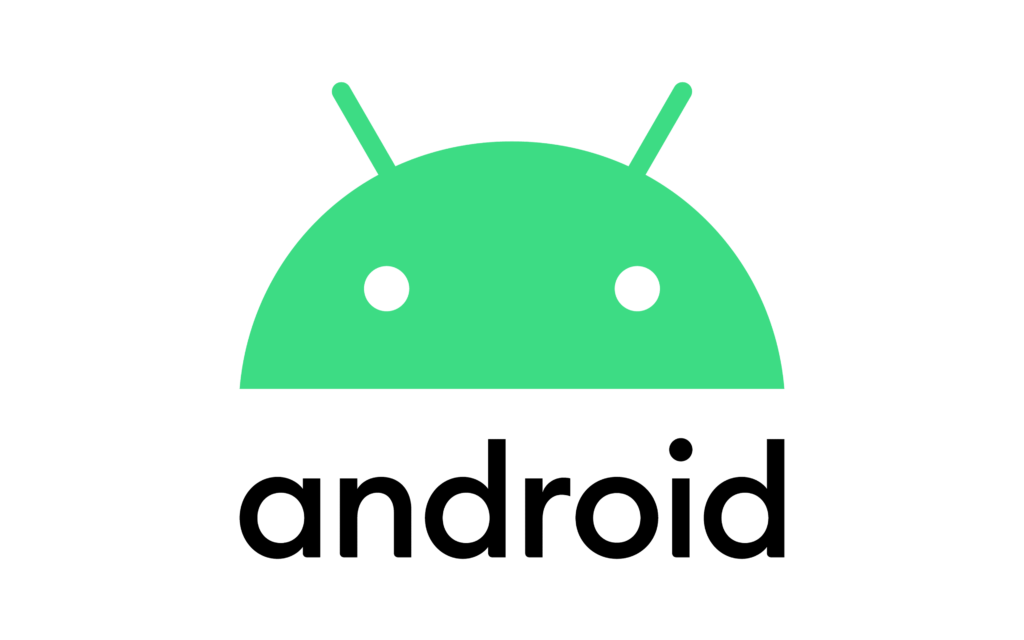As Sundar Pichai walked to deliver the Google I/O 2021 keynote, I’m sure he would have felt something was amiss. It’s one thing to be virtual and another to be on stage cheered by thousands of people.


But when the audience is missing from the equation, the event looks like an in-house meeting. That said, it’s Google I/O 2021, and here’s where you could witness history (for free) from a distance and most likely on your Chrome browser or an Android Phone.
Like any other conference, Google I/O 2021 keynote is concise, lucid, and laced with the right phrases so that you can go home with specific oft-repeated keywords, thinking Google is doing so much for you to make your lives better.
For a two-decades-old company, Google has singlehandedly dominated the information business like no other. It’s no small wonder that many of its innovations and products are centered around data, information, and the devices on which we access them.
Applying System 1 and 2 Thinking to Google I/0 2021
Google I/O 2021 keynote had a good mix of tactical and strategic announcements. Apart from showcasing a company’s management, technology, or operational prowess, conferences like these are great positioning platforms for companies like Google to talk about more significant issues, and at the same time, address the more immediate ones (like privacy and data security).
The more immediate ones stay in mind as a reference and appeal to the ‘System 1’ line of thinking.
For the uninitiated, I’ve borrowed this from the book ‘Thinking Fast, And Slow’ written by the Nobel Prize-winning author Daniel Kahneman. In this book, Kahneman argues that System 1 thinking is quick thinking – it is unconscious, emotional, and automatic. In contrast, System 2 thinking is slow and reason-oriented. System 1 thinking requires less brainpower, and System 2 thinking requires loads of it.
But why am I talking about it? Most of these conferences give you a narrative that appeals to System 1 thinking, and Google I/O 2021 is no different.
It addresses immediate pain points (data privacy, security, and convenience) to assuage any fears you have for these topics.
To be sure, the more of ‘System 1’ communication, the more universal the conference becomes.
Themes and announcements in Google I/O 2021
There were six big themes in Google I/O 2021.
1. Privacy & Security 2. Convenience & Collaboration 3. Computing 4. eCommerce 5. Search. 6. Mobile (Andriod)
Let’s break this down.
1. Privacy and Security
The fuel that powers Google is data. And, when it comes to data, trust becomes a crucial component. Not surprisingly, data and privacy were big talking points at Google I/O 2021. That being said, Google is perhaps the only company globally that has done a fair share of its bit to make information private, safe, and secure. Google’s idea is to give you tremendous control (while being transparent) about your shared data. In Google jargon, it means ‘Privacy by Design.
Meaning, privacy is no longer an afterthought or adherence to an industry best practice but a philosophy, a standard that Google believes.
For instance, their new, improved password manager is designed to work across devices. They come with intelligent alerts when a breach is detected.
Although Google’s focus on privacy is not new, the renewed thrust (on privacy) is also due to the competitive pressure in this space and a push back from regulators. Not so long ago, Apple announced its Data Policy giving users the power to decide whether to allow apps and websites to track their activities. The ad ‘Privacy. That’s iPhone’, makes no bones about it taking potshots at other devices on sharing information.
That said, the announcements in data security and privacy did not come as a surprise.

Announcements
i. Some of the announcements about privacy include allowing users to delete the last 15 minutes of their search history. There is also an Auto deletion feature of your account activity after 18 months, giving you complete control of when you want this deletion to occur.
ii. As part of Google’s connected journey, its application of smart privacy applies to Google Photos as well, where you could lock specific pics with a password.
iii. From a tech standpoint, Google’s work on differential privacy (using large aggregated data sets to obscure personal data) and creating differentially private algorithms were positive announcements in the privacy domain.
Convenience and Collaboration
Sundar created some happy moments when he made a few announcements on the ‘convenience’ side.
These ‘we heard you’ features are intelligent and relevant in today’s times. From a collaboration standpoint, Google announced Smart Canvas. It has several great-to-have integrations, which make it a formidable one-stop application for office collaboration.
Announcements
i. The recently added 150K km of bike lanes in Google Maps or the option of choosing an eco-friendly route with minimal traffic bumps or the safe route option based on weather and traffic all add to the ‘happy moment’ mood board of Google.
ii. Google Maps will show you relevant results depending on the time of the day. So, for instance, you want to go from A to B in the morning, apart from an enhanced AR-enabled street view, you are most likely to see pins that highlight coffee shops in that area instead of a bookstore. What’s impressive is that Google Maps is coming indoors as well. Yes, it’s going to work in those malls or airports!
iii. Collaboration is another area that Google has been putting its technical resources. So, what’s new here? Smart Canvas. It’s based on the theme of content and connections to make working better, wherever. The idea is to make the interactions richer and the experience immersive. Smart Canvas can be described as a brew of Google Docs, Sheets, Meet, and Task management to ensure that your experience is seamless and rich. Now throw in noise cancellation, Google calendar, live translations, and state-of-the-art video & lighting enhancements; the chances are that you’ll never Zoom again.
Computing and Learning (Natural Language Platform)
From a strategic point of view, Google’s foray into the quantum world is of immense significance. Google had already tasted quantum superiority when its quantum chip – Sycamore, performed a simulation of a chemical reaction.
Quantum computing for Google is a long-term play and gives it a competitive advantage over its peers. The applications of quantum computing are immense and vast. But the infrastructure, technology, and computing power required for quantum computers to work are staggering. Very few organizations can match the pace of Google’s research in this area.
Announcements
i. Google announced its new Quantum AI campus, a quantum computing facility where research on quantum computers will be carried out. More specifically, work on developing an error-corrected logical qubit – one that holds quantum information for a long time.
ii. LaMDA – A model for language applications. And, what makes it work is a feature called ‘learned concepts.’ A simulated conversation with LaMDA acting as the planet Pluto was carried out (with someone asking questions). LaMDA answered, giving open responses keeping the natural flow of the dialogue going. Google intends to use LaMDA in its Google Assistant application.
iii. Google Cloud customers will soon have access to Google’s new TPUv4 pods for AI software running in Google data centers (a pod is a network of interconnected servers). These pods are capable of 1 Exaflop performance. To give it a perspective, 1 ExaFlop is a 10^18 floating-point operation per second, making it one of the fastest systems ever deployed at Google.
4. eCommerce Ecosystem
Google is serious about eCommerce. And that’s where Shopify comes in, giving 1.7 million merchants on Shopify the ability to reach consumers through Google Services. Product level deep integrations will allow easy sign up for merchants and have their products discovered by high intent customers across multiple shopping journeys (using search, lens, YouTube) on Google.
5. Search
Some big announcements in here. Google is working on delivering search results that are rich, deep, and contextual. Language and context are going to be the key. The future of search will be an advanced AI-powered application that can decipher the nuances and context of the language to give users a refined and rich search result.
To address the menace of fake news. Google’s new search result page will include a prompt (‘about this result’) that will help users verify the trustworthiness and authenticity of the publishing source.
6. Mobile


‘Material You’ works around the concept that your phone should adapt to your personality and not the other way round.
Although it’s a shift in Google’s design philosophy, it’s not a fresh thought, but it’s good to have. But what will matter here is the execution.
Is Google going to apply these design principles across its products? They will, for sure. But how long it will take is anybody’s guess. Case in point, Android jumped into the Dark Theme bandwagon a little late in the day.
Besides new colors, there are also several layout changes to the quick settings and notification panel. Google has released Android 12 beta for public preview. There will be a set of devices that will be eligible for the update. From a performance and privacy standpoint, Android 12 will be faster, secure by default, and private by design.
Sign off
Google I/O did not disappoint. With a mix of short-term and long-term calls, Google will hope that the enhanced features bring more engagement and connectedness to Google’s products and services.
The keynote was a success, and once again, Google has given us much more than just a thought for the road ahead.
Thank you for reading!
You may also want to read:
Image Credit: Google I/O

